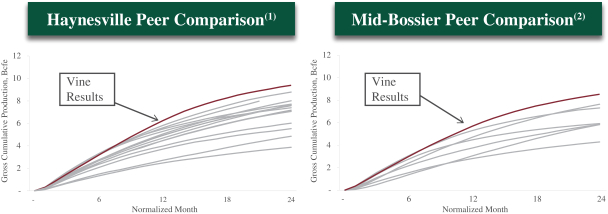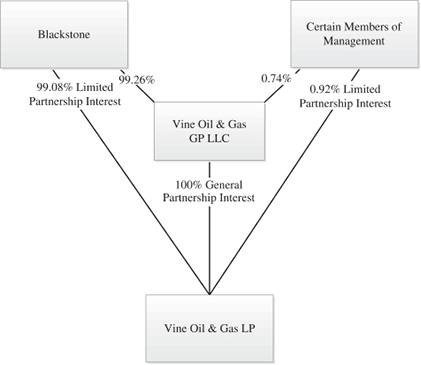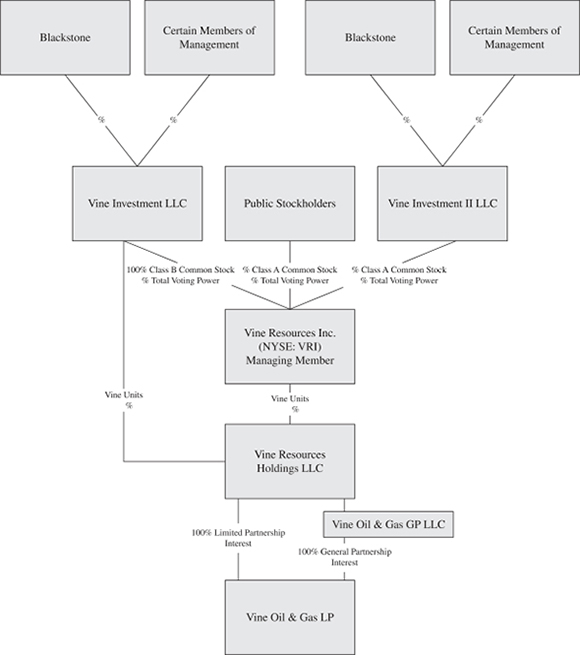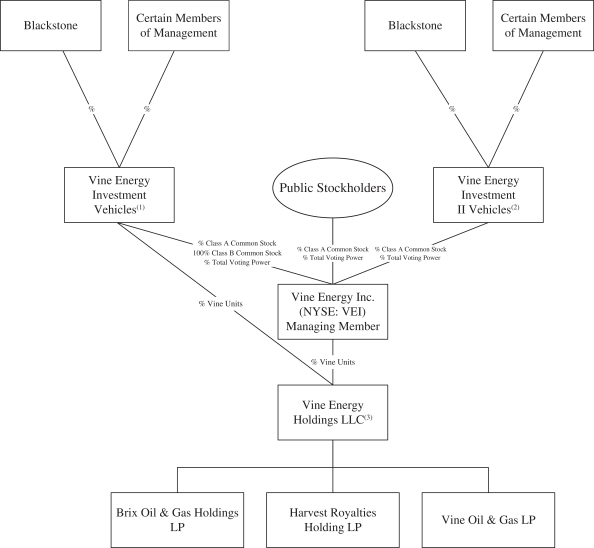lower D&C costsWe may be unable to generate sufficient cash to service all of our indebtedness and increasefinancial commitments.
Our ability to make scheduled payments on or to refinance our indebtedness and financial commitments depends on our financial condition and operating performance, which are subject to prevailing economic and competitive conditions including financial, business and other factors beyond our control. We may be unable to generate sufficient cash flow to permit us to pay the efficiency of operations, including using more proppant per lateral foot, increasing use of longer laterals, increased stages per lateral footprincipal, premium, if any, and increased automationinterest on our indebtedness.
If our cash flows and capital resources are insufficient to fund debt and other obligations, we may be forced to reduce drilling time and costs. Furthermore,or delay CapEx, sell assets, seek additional capital or restructure our industry, and the Haynesville Basin in particular, has benefited from reduced oilfield service pricing over the past two years as demand for such services waned in responseindebtedness. Our ability to lower oil and gas prices; however, in 2017 we saw some reversal of that trend. We experienced modestly higher D&C costs due to rebounding activity levels. We expect to mitigate some of this increase through improved cycle time and other efficiencies in 2018.
Evaluating Our Operations
We use the following metrics to assess the performance of our natural gas operations:
reserve and production levels;
realized prices on the sale of our production, including derivative effects;
lease operating expenses;
Adjusted EBITDAX; and
D&C costs per well and per lateral foot drilled and overall CapEx levels.
Production Levels and Sources of Revenue
We derive our revenue from the sale of our natural gas production and sales volumes directly impact our results of operations. As reservoir pressures decline, production from a given wellrestructure or formation decreases. Growth in our future production and reservesrefinance indebtedness will depend on the condition of the capital markets and our continued abilityfinancial condition at such time. Any refinancing of indebtedness could be at higher interest rates and may require us to add proved reservescomply with more onerous covenants, which could further restrict our operations. The terms of existing or future debt instruments may restrict us from adopting some of these alternatives. In addition, any failure to service our debt would likely result in excessa reduction of our production. Accordingly, we plan to maintain our focus on adding reserves through organic drill-bit growth as well as opportunistically through acquisitions. Our ability to add reserves through development projects and acquisitions is dependent on many factors, includingcredit rating, which could harm our ability to raise capital, obtain regulatory approvals, procure equipment, services,incur additional indebtedness. If we face substantial liquidity problems, we might be required to sell assets to meet debt and personnelother obligations. Our debt restricts our ability to dispose of assets and successfully identifydictates our use of the proceeds from such disposition. We may not be able to consummate dispositions, and consummate acquisitions.the proceeds of any such disposition may be inadequate to meet obligations.
IncreasesWe may be unable to access adequate funding as a result of a decrease in borrowing base due to an unwillingness or decreases in our revenue, profitability and future production growth are highly dependentinability on the commodity pricespart of lending counterparties to meet their funding obligations and the inability of other lenders to provide additional funding to cover a defaulting lender’s portion. As a result, we receive. Natural gas prices are market driven and have been historically volatile, and we expect that future prices will continuemay be unable to fluctuate due to supply and demand factors, seasonality and geopolitical and economic factors. “—Market Conditions and Operational Trends” above contains additional information regarding the current commodity price environment. We believe that higher volumes of natural gas will be producedexecute our development plan, make acquisitions or sold in the Gulf Coast region, but we also expect that higher demand from industrial expansion and export growth will cause the regional markets to stabilize and our differentials to NYMEX will remain close to the relative range we are seeing today.
| | | | | | | | |
| | | Year Ended
December 31, | |
| | | 2017 | | | 2016 | |
NYMEX Henry Hub High | | $ | 3.93 | | | $ | 3.23 | |
NYMEX Henry Hub Low | | $ | 2.63 | | | $ | 1.71 | |
Differential to Average NYMEX Henry Hub(1) | | $ | (0.14 | ) | | $ | (0.07 | ) |
(1) | Our differential is calculated by comparing the average NYMEX Henry Hub price to our volume weighted average realized price per MMBtu. |
We sell our gas to many creditworthy purchasers and we do not believe the loss of any customerotherwise conduct operations, which would have a material adverse effect on our financial condition and results of operations.
Restrictions associated with our debt agreements could limit our growth and our ability to engage in certain activities.
Our debt agreements contain a number of significant covenants that may limit our ability to, among other things:
incur additional indebtedness;
make loans to or investments in others;
hedge future production or interest rates;
engage in certain other transactions without the prior consent of the lenders.
In addition, our RBL and our Second Lien Credit Facility requires us and our New RBL will require us to maintain certain financial ratios. We may also be prevented from taking advantage of business as other customers or markets are currently accessible toopportunities that arise because of the limitations that the restrictive covenants impose on us.
Principal ComponentsIf we fail to comply with the restrictions and covenants in our debt agreements, there could be an event of default under the terms of such agreements, which could result in an acceleration of payment.
A breach of any representation, warranty or covenant in any of our Cost Structure
Lease operating expense. Lease operating expenses (“LOE”) aredebt agreements would result in a default under the costs incurredapplicable agreement after any applicable grace periods. A default could result in the operationacceleration of producing properties, including workover costs. Expenses for utilities, direct labor, chemicals, water disposal,the












